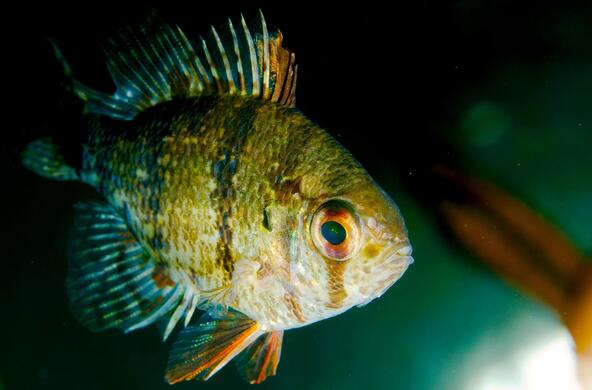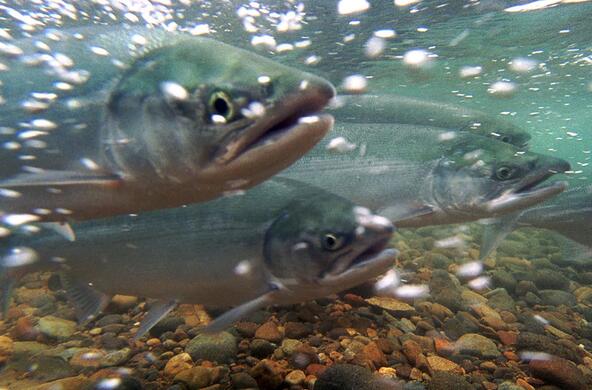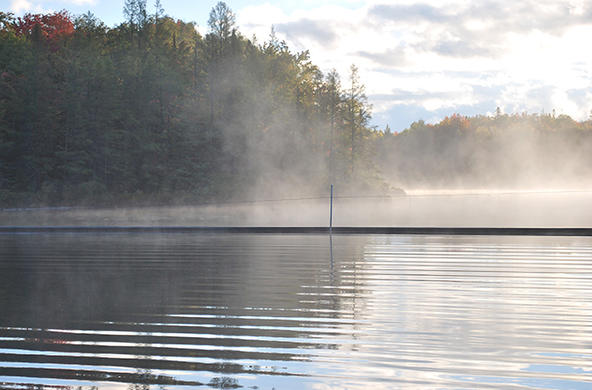In the Oscar-nominated film "The Revenant," actor Leonardo DiCaprio plays real-life mountain man Hugh Glass.
In 1823, Glass was mauled by a bear in the Dakotas and left for dead by his partners. Despite his injuries, Glass managed to crawl more than 300 miles to a fur-trading post along the Missouri River in South Dakota.
His tale has been retold, and embellished, numerous times over the past 200 years.
In "The Revenant," DiCaprio's character frequently encounters can't-get-there-from-here scenarios. Battered and bloody, he claws his way up impossible heights, tosses himself from dizzying precipices and thrashes down freezing streams.
That's what it's like to be a fish in Dutchess County — and just about everywhere else that isn't open water.
The difference? When fish encounter impossibly high dams, or culverts with big drop-offs, they don't make it home. And they never get a gold statue for trying.
That is why a public-private partnership is hoping to make travel a bit easier for Hudson Valley fish by figuring out all the places where fish can't get there from here, and then fixing as many of them as possible.
It is estimated more than 2,000 barriers within the Hudson River watershed impede fish passage between feeding, breeding and nursery waters.
Behind the blockages form unhealthy pools of water. Like the Long Island Expressway in summer, these pools frequently are too warm, have too much unwanted debris and too little oxygen for whatever gets trapped there.
The project is being led by Russell Urban-Mead, a senior hydrogeologist with The Chazen Companies in Poughkeepsie, and Stuart Findlay, a senior ecologist at The Cary Institute of Ecosystem Studies in Millbrook.
Partners include the state Department of Environmental Conservation's Hudson River Estuary Program and the New England Interstate Water Pollution Control Commission.
And hopefully, you.
The groups are assembling a list of property owners with dams or culverts who are willing to be considered for free preliminary redesign services.
"We want them to look for those little waterfalls on the downstream side of a culvert that fish just can't get up," Urban-Mead said.
The redesign would position property owners for grants to fund fish-friendly projects, such as removal or redesign of dams or culverts, or even the installation of fish ladders.
Just this week, the DEC announced it was awarding the Village of New Paltz and the Dutchess County Soil & Water Conservation District nearly $350,000 toward culvert and dam replacement projects.
New Paltz is getting $246,365 to replace a culvert system along the Wallkill Valley Rail Trail near Water Street and the Wallkill River.
And Dutchess is receiving $96,408 remove the 12-foot Shapp Pond Dam on a tributary of the Wappinger Creek, the East Branch Wappinger Creek.
Many of the high priority culverts have already been identified by the estuary program. But in true crowdsourcing fashion, the scientists need your help to understand the whole picture.
You can provide your information online at http://www.chazencompanies.com/sbmi/ or by calling Russell Urban-Mead at 845-486-1551.





